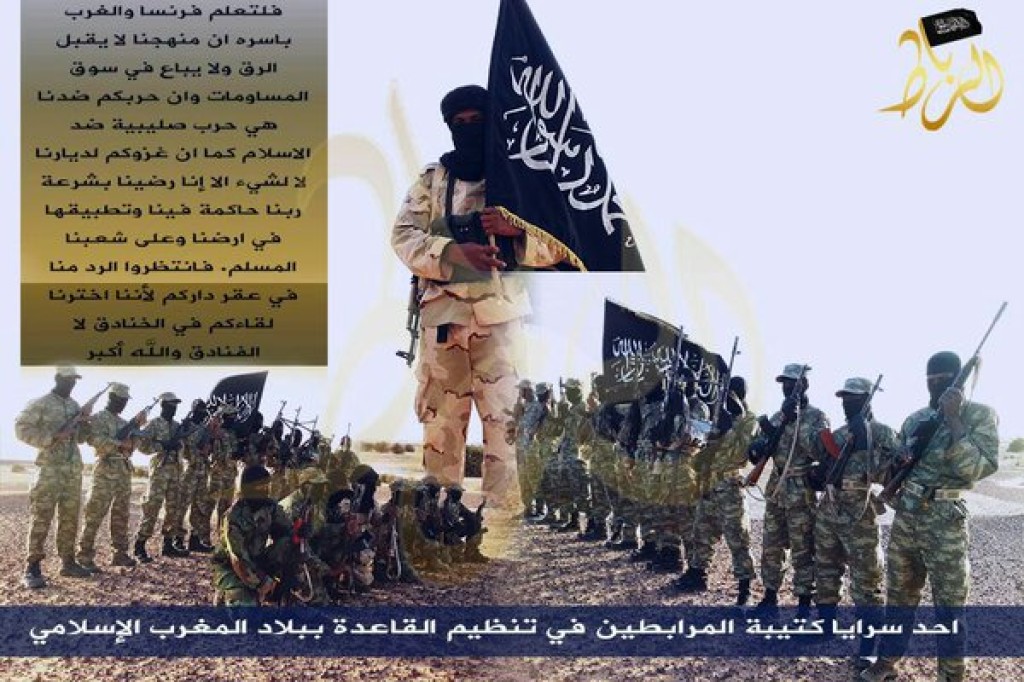Responsibility for the attack has already been claimed by two different groups. The first group to declare their involvement was the
National Alliance for the Protection of the Peul Identity and the Restoration of Justice (ANSIPRJ), which is an ethnic Fulani (also known as Peul) militia that
formed just last month. The jihadist group Ansar Dine, which is part of al Qaeda’s international network, has also released a statement claiming its Katibat Macina was responsible for the assault. In its statement, Ansar Dine
said its forces withdrew from the base after capturing several weapons and vehicles.
The jihadists likely withdrew to the Wagadou Forest, which straddles the border region between Mali and Mauritania. The Wagadou Forest has been a historical stronghold and base of operations for al Qaeda in Mali. The forest was said to have been
largely cleared of al Qaeda bases in 2011 when Malian and Mauritanian forces targeted the jihadist group there. However, Malian officials have
noted increased activity in the forest by jihadists in recent years.
In addition to the ANSIPRJ and Ansar Dine, Malian officials have stated that al Qaeda in the Islamic Maghreb (AQIM)
also took part in the assault on the base.
Reuters has
reported that a Malian military spokesman said that “Al Qaeda in the Islamic Maghreb attacked from the north, the Macina Liberation Front [another name for Katibat Macina] linked to Ansar Dine waited outside the town to ambush military reinforcements and an ethnic Peul group attacked from the southeast.”
This level of cooperation has not been confirmed, but is a likely scenario given how coordinated the assault was. The current realities of ANSIPRJ, especially with how new the group is, makes coordination with larger, more capable forces more plausible. Ansar Dine’s Katibat Macina
is an ethnic Fulani group, just like ANSIPRJ, which could also help in coordination. AQIM
also claimed last year’s assault on the military base in Nampala, which killed seven troops, and is still known to operate near the borders with Mauritania.
Al Qaeda’s involvement in the assault, if confirmed, means
there has been at least 130 al Qaeda-linked attacks in Mali and the wider West Africa region in 2016. Since 2014, there has been over 270 al Qaeda-linked attacks in the region with most occurring in northern Mali.








